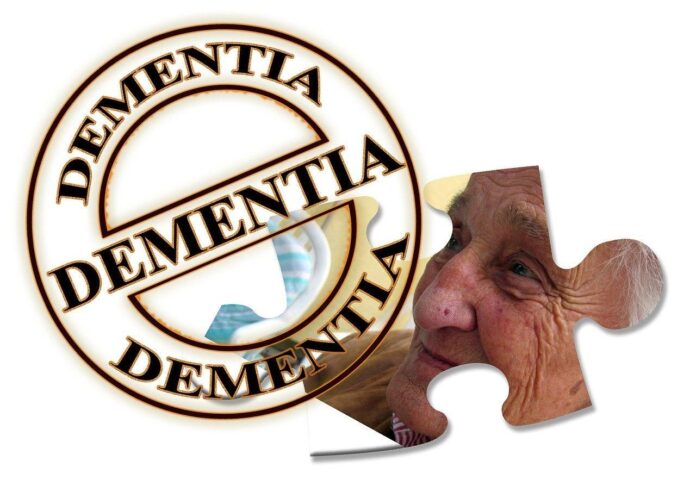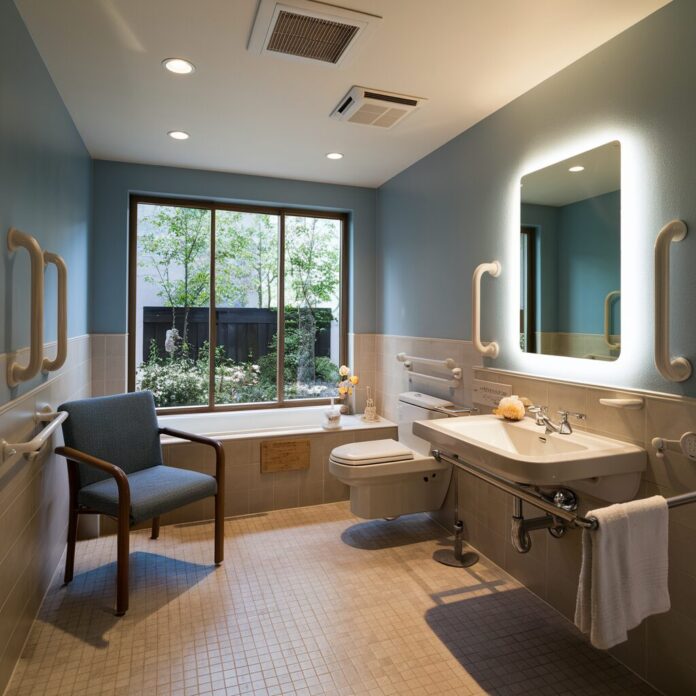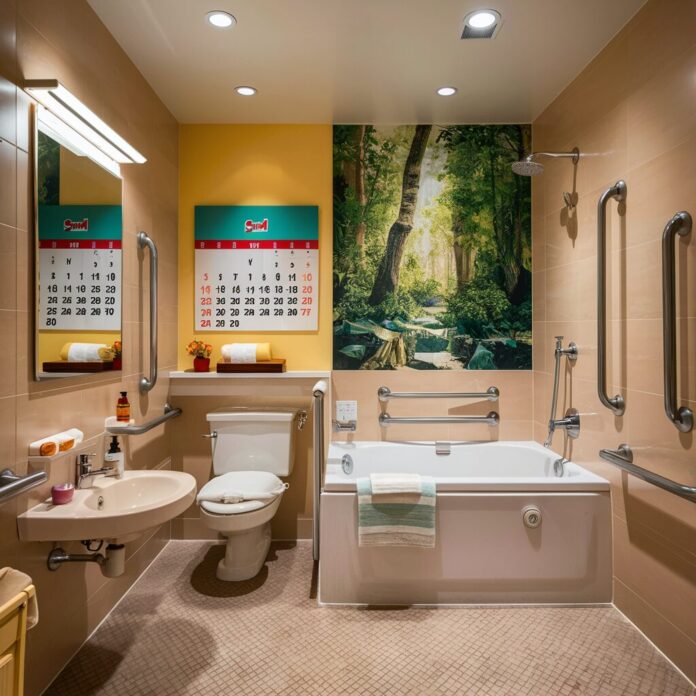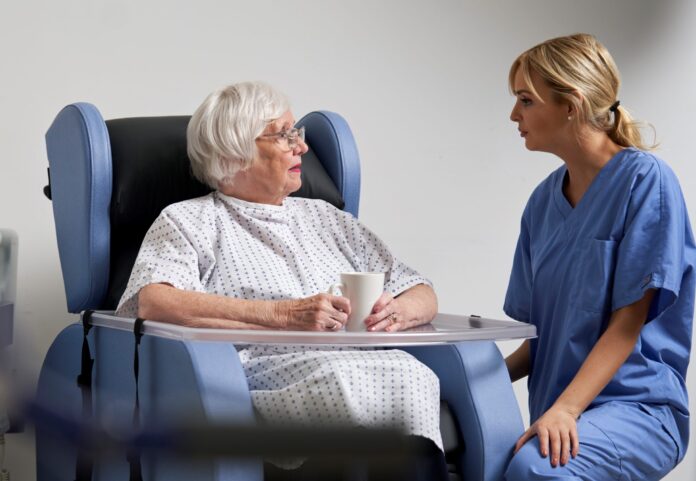Creating bathrooms that cater to the needs of the elderly, especially those living with dementia, presents challenges due to their slippery surfaces and numerous fixtures. In this comprehensive guide, we’ll explore how to design dementia-friendly bathrooms that prioritise safety, accessibility and comfort.
Additionally, we’ll explore the benefits of walk-in showers and baths, plus essential bathroom mobility aids, while also addressing the impact of dementia symptoms on personal hygiene.
Understanding the Challenges of Dementia
Designing a bathroom for individuals with dementia requires a deep understanding of their specific challenges. Dementia is a progressive condition characterised by cognitive decline, including memory loss, impaired judgment, and difficulties with communication and problem-solving.
As the disease progresses, individuals may experience changes in behaviour and personality, as well as difficulties with motor skills and spatial awareness.
These cognitive and physical impairments can significantly impact personal hygiene tasks such as bathing, grooming, and toileting.
We spoke with Sam, the director of Age Care Bathrooms, about the impact of dementia. In 2012, when his grandad William was diagnosed with dementia, the family took action by installing stairlifts and mobility bathrooms. This led to the launch of Age Care Bathrooms. He told us:
“My grandad’s dementia diagnosis really affected his daily routine. Forgetting tasks like bathing or changing clothes became common due to memory loss and disorientation. Additionally, his reduced mobility and coordination made simple tasks like bathing or using the toilet challenging for him.”
7 Early Signs of Dementia
Recognising the signs of dementia is crucial for early intervention and appropriate support. Common early symptoms of dementia include:
- Memory loss: Forgetting recent events, names or important dates.
- Difficulty with communication: Struggling to find the right words or maintain conversations.
- Disorientation: Getting lost in familiar places or becoming confused about the time and location.
- Changes in mood or behaviour: Becoming easily agitated, withdrawn or apathetic.
- Poor judgment: Making uncharacteristic or irrational decisions
- Neglecting personal hygiene: Lack of concern about personal appearance and grooming.
- Reduced mobility or coordination: Movement and coordination can be impacted, resulting in challenges with walking and balance, with a higher risk of falls.
Bathroom Accessibility and Safety
One of the primary considerations when designing a dementia-friendly bathroom is accessibility. This includes ensuring the space is easily navigable for individuals with mobility issues. Widening doorways to accommodate wheelchairs or walkers is often necessary, along with creating clear pathways free of obstacles. Installing grab bars near the toilet and in the shower and bath area is critical to provide essential support and stability, reducing the risk of slips and falls.
When designing a bathroom for someone with dementia, here are some of the key elements you should consider:
- Non-slip flooring: Slippery surfaces in the bathroom pose a significant hazard, especially for elderly individuals. To mitigate this risk, opt for non-slip flooring materials such as non-slip vinyl flooring or textured tiles with non-slip coatings. Additionally, choose bath mats with non-slip backing.
- Walk-in baths: Walk-in baths are an excellent option for individuals with dementia and mobility issues who may feel anxious about bathing. These baths feature a door and can also include built-in seating for added stability, providing a comfortable and secure bathing experience. Furthermore, many models offer therapeutic features such as hydrotherapy jets, providing additional benefits for individuals with arthritis or joint pain.
- Accessible fixtures: Choosing accessible fixtures is crucial in creating a dementia-friendly bathroom. Lever-style taps are easier to operate for individuals with limited dexterity. Hand-held shower heads for use in the bath provide greater flexibility and control for individuals who might find showering stressful or have difficulty with balance and mobility.
- Mobility aids: In addition to accessible fixtures, incorporating mobility aids can further enhance the functionality and safety of the bathroom.
- Shower and bath chairs provide a comfortable seating option for individuals who need to conserve energy or require assistance while bathing.
- Transfer benches are another useful aid, facilitating safe entry and exit from the shower or bath.
- Grab bars offer essential support during showering, bathing, and when using the toilet.
- Installing a raised toilet seat can also make it easier for individuals with mobility issues to use the toilet independently.
- Contrasting colours: Contrasting colours can be essential in dementia-friendly bathroom design. Contrasting colours help individuals with dementia distinguish between different elements in the bathroom, reducing confusion and enhancing visual clarity.
- Good lighting: Similarly, adequate lighting is crucial for minimising shadows and improving visibility, particularly for individuals with impaired vision. Bright, even lighting throughout the space, including over the sink, toilet and shower areas, ensures a safe and well-lit environment.
- Simple controls: Keep controls for lights, fans, and other bathroom features simple and easy to understand with large, clearly labelled buttons or switches.
- Personalised touches: Adding personalised touches to the bathroom can further enhance comfort and familiarity for individuals with dementia. This could include familiar photographs, soothing colours or favourite toiletries arranged in a clear and accessible manner, creating a warm and inviting space that feels like home.
Final Considerations for Dementia-Friendly Bathrooms
Designing a dementia-friendly bathroom requires careful consideration of safety, accessibility, and comfort. By incorporating safety fixtures, non-slip surfaces and thoughtful design elements, you can create a space that promotes independence and well-being for elderly individuals and those living with dementia. Additionally, walk-in baths and mobility aids offer practical solutions to enhance functionality and ensure a safe bathing experience.
Living with dementia is always going to be challenging, but you can create a bathroom environment that promotes dignity, autonomy and peace of mind.
Dementia Support
Seeking support for dementia? You’re not alone.
- Alzheimer’s Society – Provides information, support, and resources for people affected by dementia, including carers and family members.
- Dementia UK – Offers specialist dementia support through Admiral Nurses, who provide practical advice and emotional support to families facing dementia.
- Age UK – Provides information and support services for older adults, including those living with dementia and their caregivers.
- Dementia Action Alliance – Works to improve the lives of people affected by dementia by bringing together organisations committed to transforming dementia care and support.
- Dementia Friends – Aim to change perceptions of dementia and create dementia-friendly communities through awareness-raising sessions and resources.
- Lewy Body Society – Offers support and information for people affected by Lewy body dementia, a common form of dementia.
- YoungDementia UK – Provides support for people under 65 living with dementia and their families, including information, advice and peer support.
These organisations offer a range of support services, including helplines, support groups, online resources and practical advice for managing the challenges of dementia.












